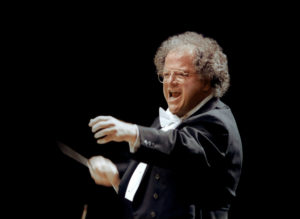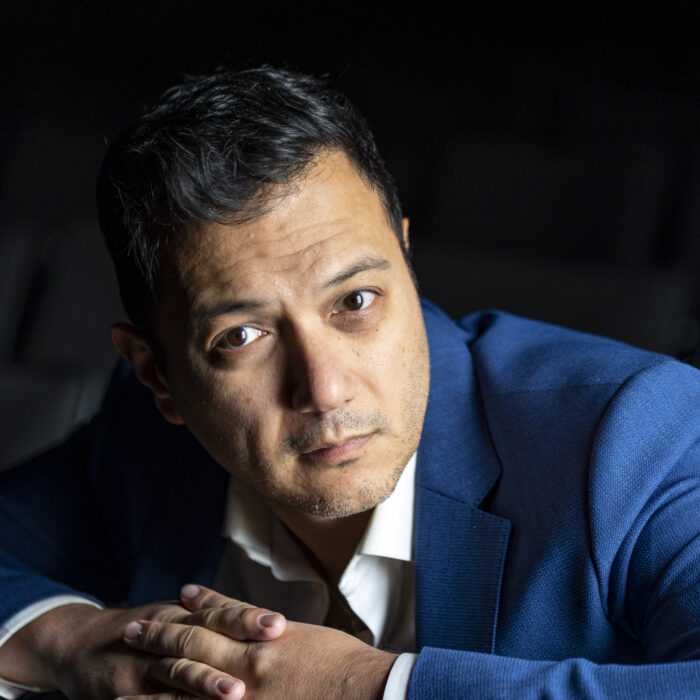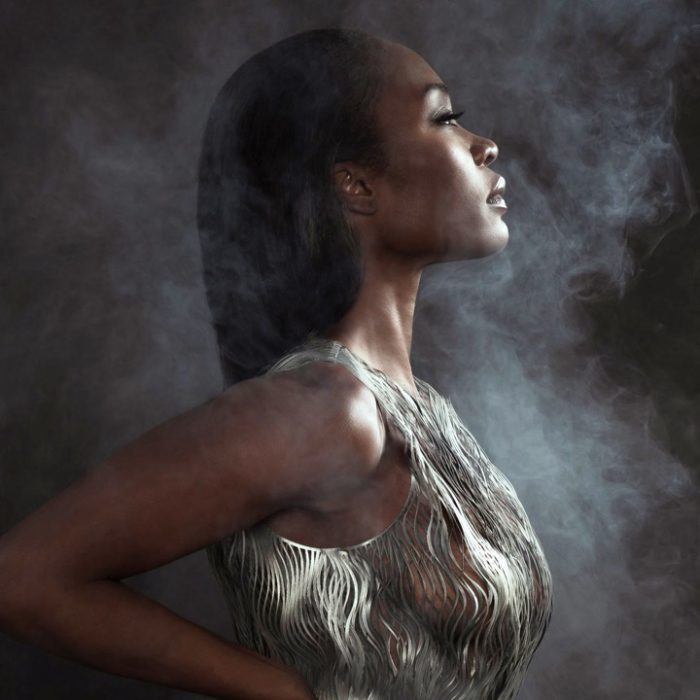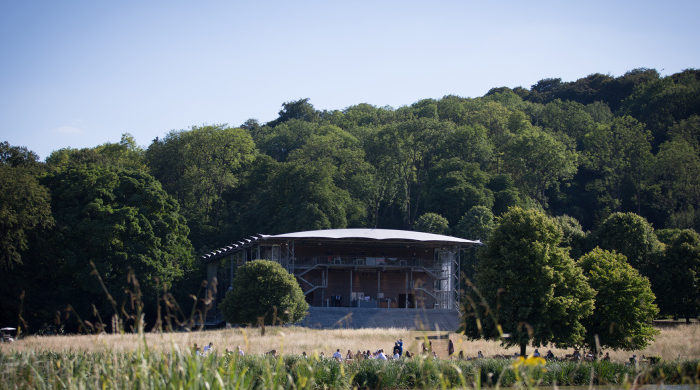
Best of Metropolitan Opera 2016-17: James Levine & The Best Conductors Of the Season
By David SalazarWe’ve talked up the finest female performers. We’ve engaged in a discussion about the best men onstage.
Now we shift over to the best conductors of the year, the artists that make the entire production work. In this edition, we only picked five, given that, unlike the other categories, there are far fewer to choose from. Here are our favorite conductors of the 2016-17 season, in alphabetical order.
James Levine (“Idomeneo”)
Mozart’s greatness comes from that sense that every single note is in the right place. And under Levine’s direction, that is exactly the impression one felt watching “Idomeneo.” With every performer at top level, Levine drew some of the most polished playing from the orchestra throughout the entire run. Also present was Levine’s pristine sense of balance. The orchestra never drowned out singers or blasted through the hall in exaggerated fashion unless called upon.
Yannick Nézet-Séguin (“Die Fliegende Holländer”)
The incoming musical director blew me away with the aggression of his overture to the early Wagner masterpiece, but his work thereafter was on point throughout. The intensity of his conducting during the Dutchman’s entrance monologue was scintillating, to say the least, the orchestra and singer seemingly locked in battle at times, driving one another to greater heights. Chamber music is not an expression you might associate with Wagner, but this is the best word to express this incredible moment. The entire performance took on this feel, giving this massive work tremendous intimacy.
Sir Simon Rattle (“Tristan und Isolde”)
Opening night was a musically riveting experience with Rattle managing to keep the opera moving at a propulsive pace while still giving it breadth. Wagner’s intricate harmonic web was delicious to savor, no note ignored. I was particularly fascinated by his ability to build up the orchestra in both the conclusion of the love duet and final Liebestod, back away and then suddenly find an even greater tidal wave of sound to ride, each subsequent wave stronger than the previous one. It was impossible not to wonder where the orchestra was finding this ever-growing power. Rattle was probably the only one who knew that answer, cementing why he delivered one of the greatest musical performances of the season.
Daniele Rustioni (“Aida”)
I noted it in my review, but it bears repeating. The coda to the Amneris-Radamès duet in Act 4 includes one of the most difficult pieces of ensemble work from any orchestra, the strings and brass in rhythmic battle through this climactic section. Most conductors seem to throw up their arms at the challenge, just hoping to get to the end of the passage in one piece. Rustioni made that passage vibrate with its syncopated intensity. The clarity of this most difficult of passages was emblematic of the conductor’s overall work in this grand opera. To keep the tempi surging forward throughout the third and fourth act also showed an intelligent sense of theatrical pace.
Emmanuel Villaume (“Roméo et Juliette”)
The French maestro did an exemplary job of leading Pretty Yende and Stephen Costello in the Gounod masterpiece. His way with tempi was particularly masterful, the ebb and flow of rubati always organic in feel. The balance in the orchestra was equally fantastic and the ensemble during the famed love duet melted with warm and tender timbre.
Categories
News

